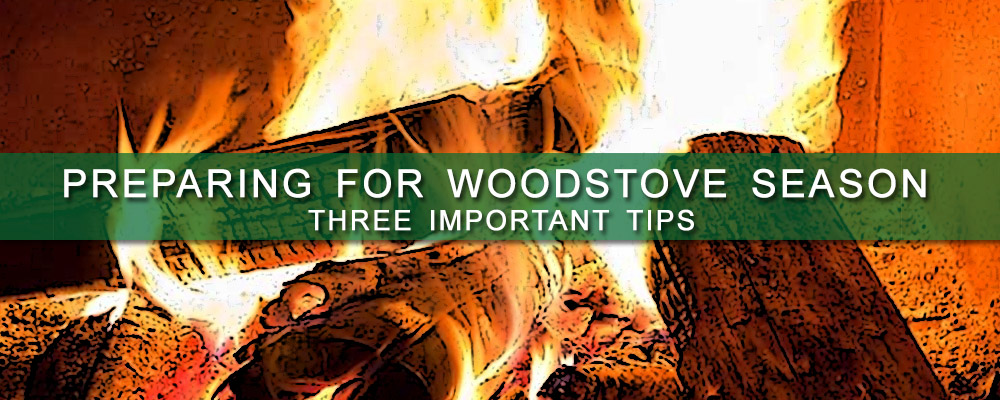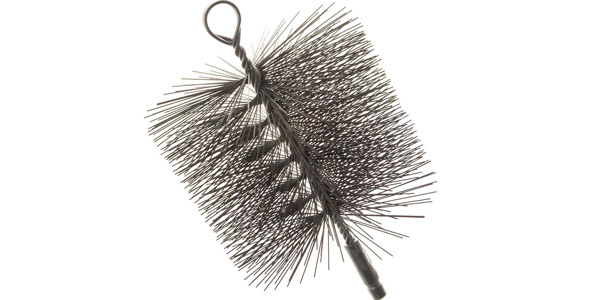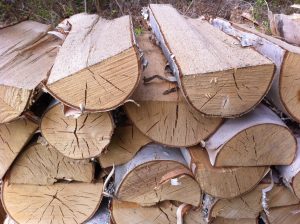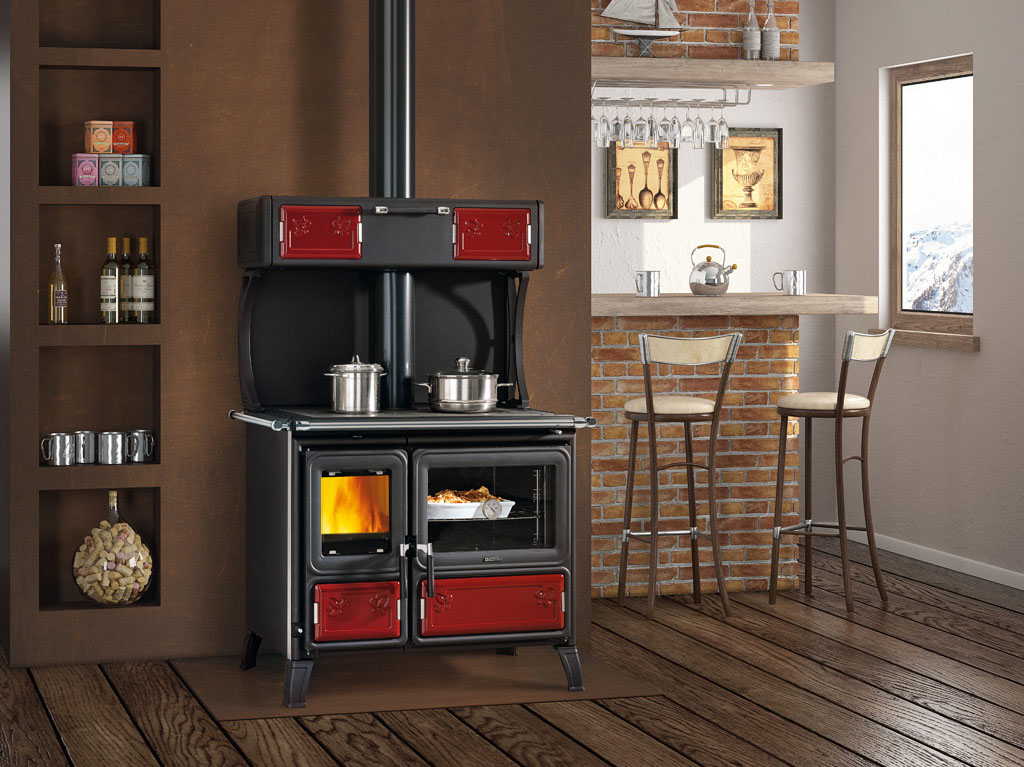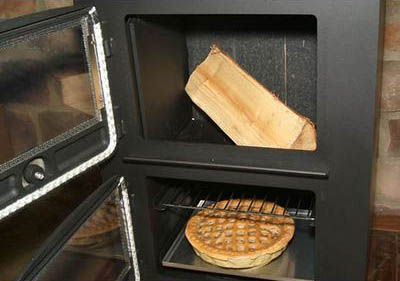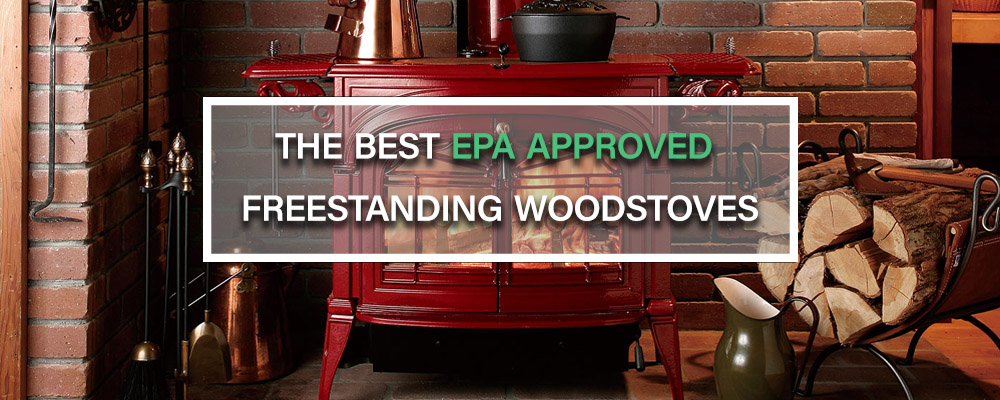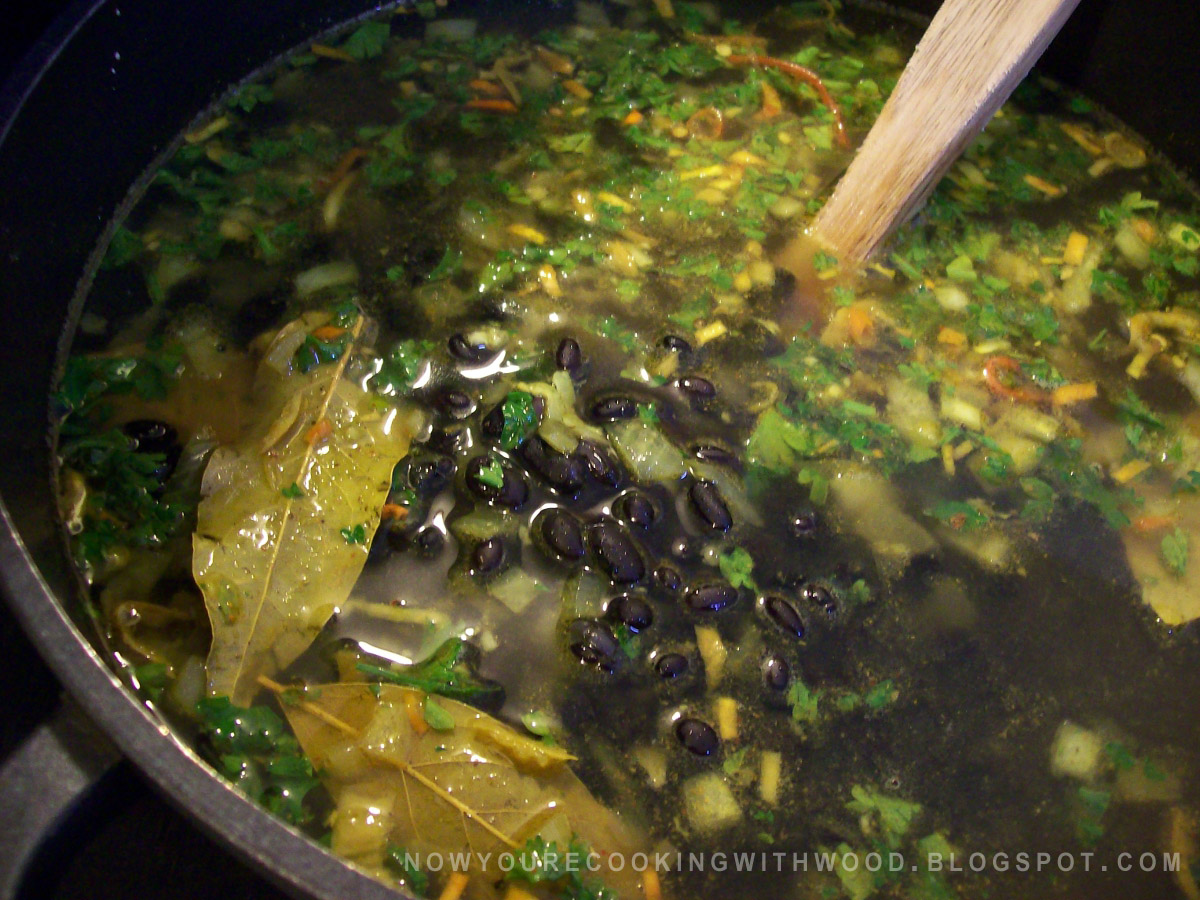Preparing For Woodstove Season: Three Important Tips
We all know the feeling: Summer is nearing its end, the air is getting crisp, the days are shorter, and you’re beginning to feel like the nights are just a bit too cold for your liking. It’s time to fire up the woodstove, right? Before you do, there are a few important steps you should take to prepare for woodstove season.
Clean your chimney. This is by far the most important task you have, and doing it once a year could save your life. Burning wood for months on end inevitably leads to the build-up of creosote, a tar-like substance consisting of unburned chemicals from firewood that coats the inside of a chimney. Creosote hardens after it cools, but if a fire burns hot enough it can re-ignite the creosote, drastically increase the temperature inside the chimney and result in a chimney fire- one of the most common causes of house fires in the winter.
Hiring a chimney sweep once a year to professionally clean your chimney is usually the most thorough option (and often not a huge expense), but you can also do it yourself. Read more about creosote and the steps you can take to clean your chimney here, and check out Obadiah’s series of videos on chimney cleaning and installation below.
Clean your ash pan. You should always remove the ash from your firebox once summer hits and you find yourself not making fires for weeks at a time, as leaving ash in your stove for long periods can lead to rust. However, even the best of us forget to do this some seasons, so if you find yourself staring at a firebox full of old ash this fall, remove it and start your season with a clean slate. Remember, you don’t need more than an inch of ash in your firebox at any given time, so go ahead and clean all of it out- you’ll make that inch back in no time. Don’t forget: Wood ash has several other uses, so before you throw it out, see our article on what else you can do with it.
Make sure your wood is seasoned. When you prepare for woodstove season, if you find that your chimney is a bit of a mess with creosote then chances are your wood from last season contained too much moisture. In general, it’s good practice to let your firewood dry out for a year before burning it, but there are ways to minimize the moisture content of your wood if waiting that long is not an option. Above all else, make sure you store your wood somewhere dry, off the ground and covered. Split your rounds before storage to allow the wood to “breathe” more effectively. By taking the time to do just those two things, you can greatly reduce the moisture in your wood and the risk of excess creosote build-up.
A little preparation goes a long way when it comes to the woodstove season. By taking care of these few basic tasks, you can significantly increase the quality of your burns from the beginning and reduce the amount of frustration you face while trying to get back into the groove of making a fire every day. We all love the coziness of woodstove season, so lets start it the right way.


